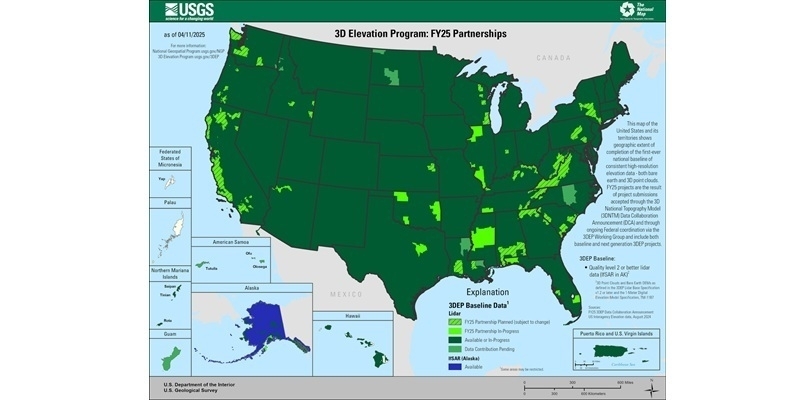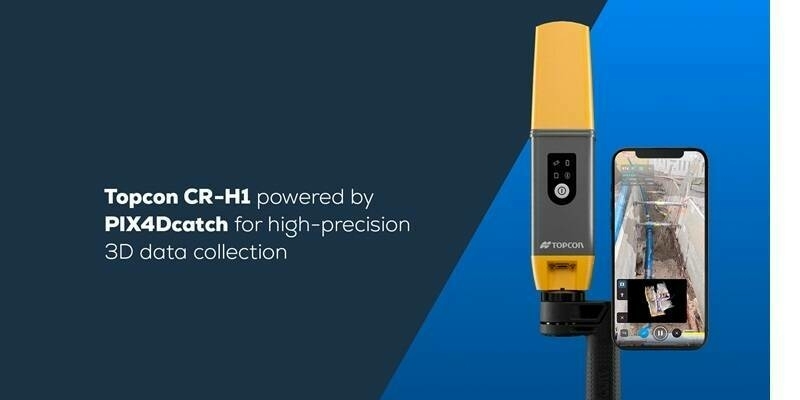Early last week European Space Imaging finalised the collection of close to 400,000 square kilometers of Very High Resolution (VHR) satellite imagery for the European Commission. This marks the completion of its VHR Image acquisition for the 2019 Controls with Remote Sensing (CwRS) program with a 100% success rate for the third year in a row - demonstrating once again the company’s credibility and reliability as Europe’s leading VHR satellite image provider.
Early last week European Space Imaging finalised the collection of close to 400,000 square kilometers of Very High Resolution (VHR) satellite imagery for the European Commission. This marks the completion of its VHR Image acquisition for the 2019 Controls with Remote Sensing (CwRS) program with a 100% success rate for the third year in a row - demonstrating once again the company’s credibility and reliability as Europe’s leading VHR satellite image provider.
"We are extremely proud to continue our success streak of 100% in this vital and often demanding campaign,” said Adrian Zevenbergen, European Space Imaging’s Managing Director. “Our staff worked incredibly long and hard to acquire the data within the given collection window of just 50 days."
The CwRS program monitors agricultural land for which farmers have been granted subsidies under the EU’s Common Agricultural Policy (CAP), amounting to approximately €40 billion per year. European Space Imaging has been the major provider of Very High Resolution satellite data to the program since 2003.
European Space Imaging had 714 acquisition windows for each of the 628 agricultural zones spread all over Europe using the WorldView-2, WorldView-3 and GeoEye-1, KOMPSAT 3 and 3A sensors. This year, cloudy weather over Northern Italy, the United Kingdom and Ireland made the operation particularly challenging.
“Despite weather challenges, we managed to collect images for approximately 63% of the zones completely cloud free.” said Dr. Melanie Rankl, Project Manager at European Space Imaging.
From its ground station in Munich, European Space Imaging takes into account real-time weather conditions before directly tasking the world’s most advanced satellite constellation: WorldView-1, GeoEye-1, WorldView-2 and WorldView-3. Direct tasking allows the company to minimise cloud cover, increase collection efficiency, enable customer flexibility and shorten delivery times.
Subscribe to our newsletter
Stay updated on the latest technology, innovation product arrivals and exciting offers to your inbox.
Newsletter

